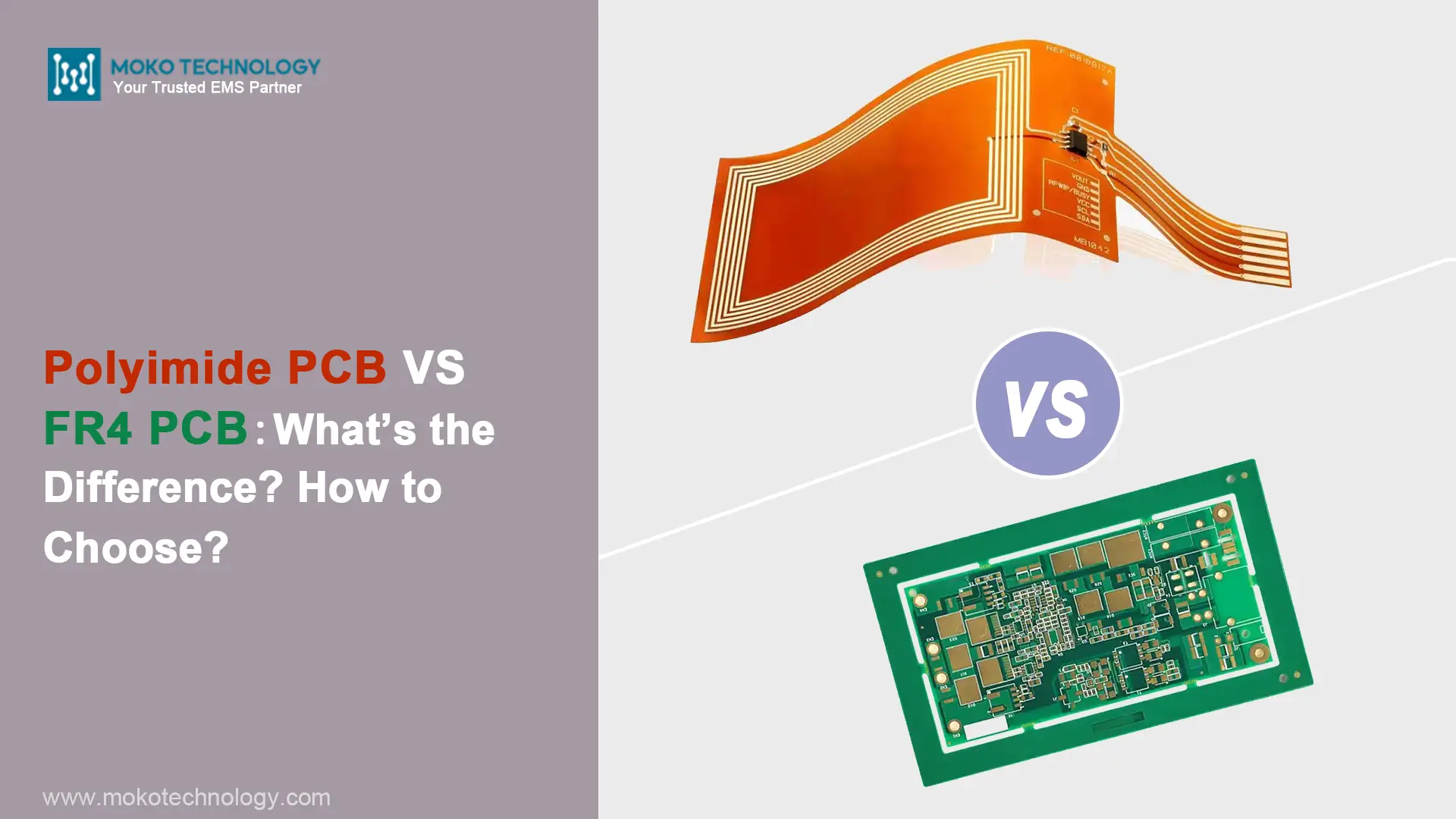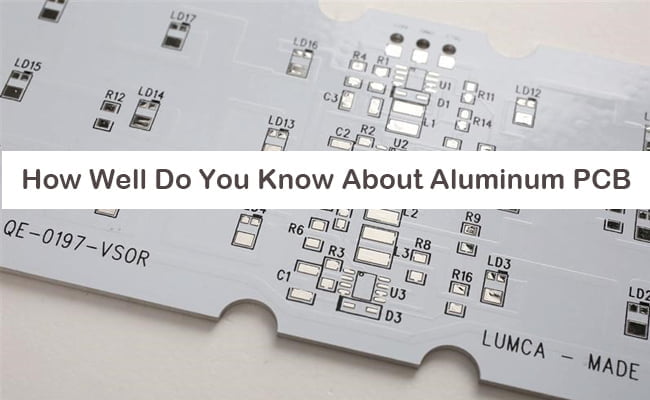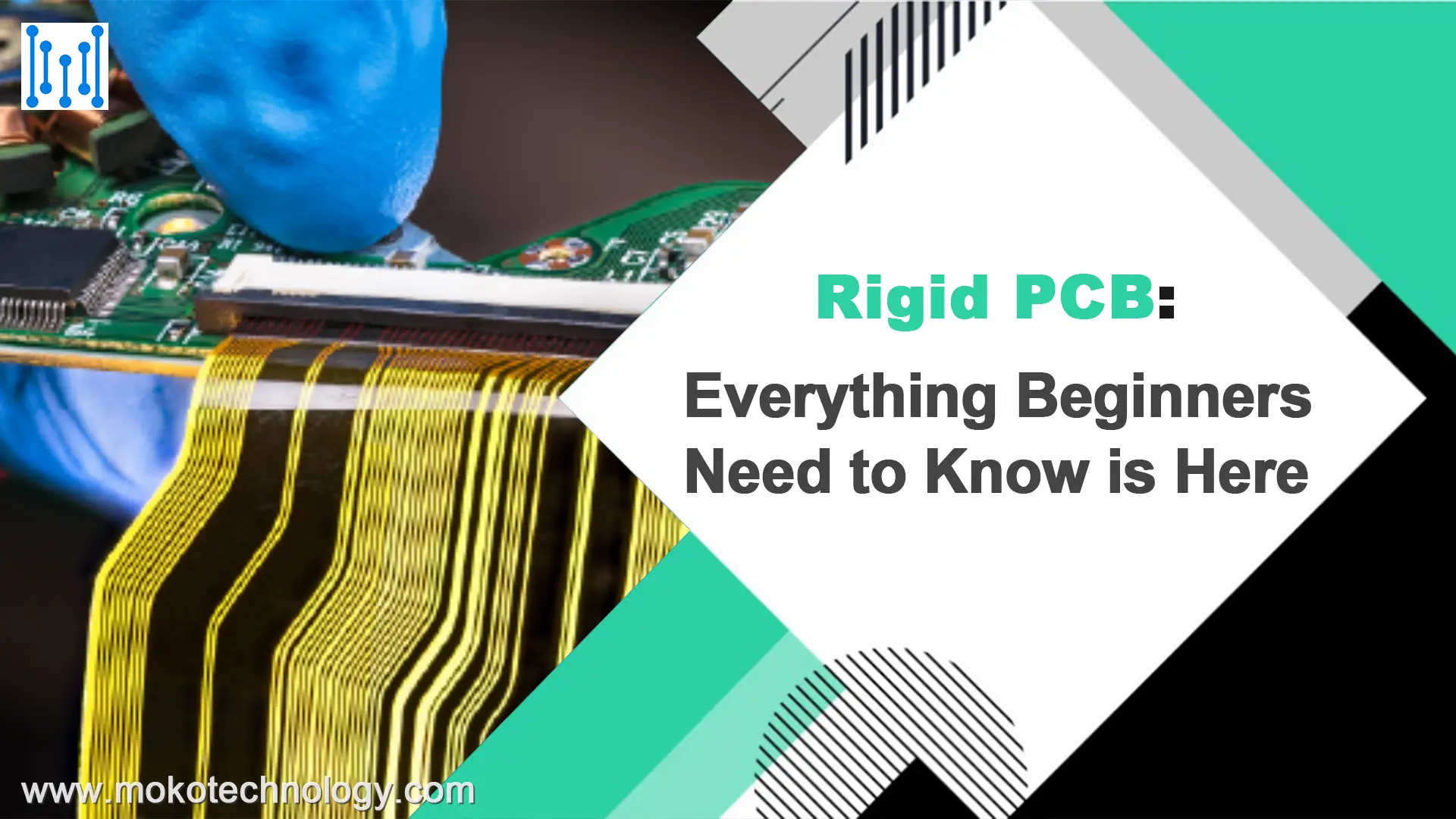- Easier routing and fan-out of BGAs and other dense parts. Particularly when putting planes under the BGA.
- Greater heat transfer to the planes on the PCB. You see this the most on QFNs and other packages with a ground pad on the bottom of the part in the center. This pad is intended to transfer heat to vias and then to the ground plane.
- There is less chance for the via to get messed up due to plating, drill accuracy issues, or other PCB manufacturing problems (not a huge benefit, but a benefit nonetheless).
Read More: Heavy Copper PCB
#PCB manufacturing #PCB Materials



